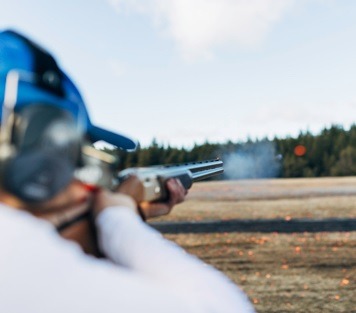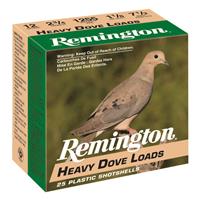In reading the Lyman manual that was the first time I saw the word dram, well aside from computer stuff. That sent me off on a wild tangent that went into just why over 100 years after smokeless, we still do this black powder dram thing. And yes I am one of those people that will actually read the manual, all that stuff in front of the loads, yup read all of it. Might be why I get my hackles up a bit when someone says RTFM to me, but they don't know that. For this odd reason I can't figure out the wife likes my face as is, and I have no desire to go around with a new nickname ole one eye, or lefty.
I know you understand, but if anyone is following this thread this was a good article I found on this entire dram thing.
When you’re armed with the knowledge of what dram equivalents are, you are better prepared to select the ammunition best suited for your shotgunning needs.

www.letsgoshooting.org
I don't explain well, and think I have a good understanding with what you posted up, but I am going to put a few pics up that might help illustrate my confusion.
This is the manual out of the 5th edition Lyman book, the go to book I was told. This is for 20 loads.
You can see in the universal load, the differences between the target and field loads. My original thinking like you pointed out there is no range for the field load like there is in rifle, or hand gun. It is just that flat charge. I was thinking you could fool around between those two numbers, not a real big range, one grain. But now I get it just does not really work that way.
View attachment 7994963
Thanks for your post, it was the light bulb moment I needed.
I load Hogdon powders for shotshell and like my my friend,
@DownhillFromHere , I shot competitive skeet for a very long time (note, I didn't say that
I was competitive...he was....but I just a contributor to the purse! haha).
Clays for 12 ga, Universal for 20 & 28, and Lil Gun for 410 and so I use Hogdon's reloading data which does show differing recipes using differing components as well as velocity and pressure figures.
They do not distinguish between target loads and field loads as in Lyman's that you showed and I personally agree with this as to me its an artificial distinction.
Just came back from a hunt in Georgia where we shot the hell out of quail with #8 shot, 20 ga, target loads.
I believe that the only reason to make such a distinction is that clay target shooters are high volume and don't want any snappier recoil then they have to have (well, 27 yd handicap, mortar shell shooting, trap shooters aside haha) while I guess they think that hunters don't care and want a zippier round.
Personally, I don't buy into the faster speed idea. For skeet type distances, if you look at the math, cranking up the speed results in very negligible differences in actual lead required...very negligible compared to pattern size.
Take Rem STS, 12 ga, 1 1/8 oz target load. Most commonly runs at 1145 FPS. Then they make their Nitro 27 (1235 fps) and Nitro Sporting Clays (1300 fps) and I submit that 90 to 155 fps over shotgun distances really ain't going to make a shot that you would have otherwise missed.
I also see waterfowl loads for sale that are absolutely ridiculous in terms of length (3 1/2"), load (1 5/8 oz), and speed (1430 fps). Some 1 3/8" loads are being sold at 1550 and even 1675 (Winchester Blind Side). If you can't shoot a duck or a goose with a much less aggressive load than this, IMO you won't hit 'em with these cannon loads. But you will loosen your fillings! haha
Since you are reloading in order to shoot clay targets, stick with the target loads in the Lyman's that you showed. 1185 to 1200 ain't a feather weight load that will give your 20 ga semi any heartburn. If it does, then your gun needs to be cleaned.
Best of luck...shotshell reloading is much more relaxing and forgiving that metallic, IMO.





